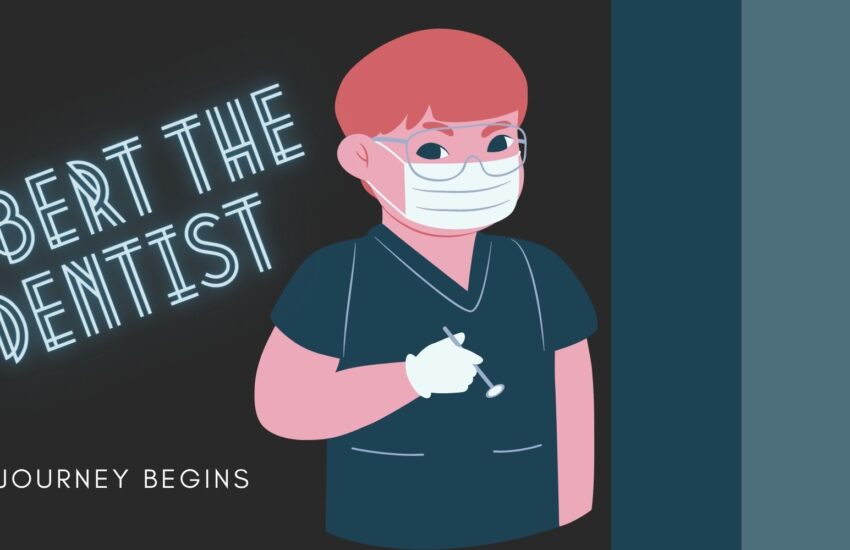5 Things to Consider as a Marketing VP
For my Retail Sales Management Class, an assignment we had was to complete a simulation that had me playing the role of a Marketing VP.
The situation “The Wilson grocery chain is expanding into a new city. The city has three main population centers marked by tall buildings. There are several available retail buildings. The president of the Wilson chain wants a single new store setup. The Wilson chain gives its managers a great deal of freedom in operating their stores to meet local market conditions.”
My role in this simulation was to be responsible for all marketing decisions for the new store which includes the 4 P’s as well as Staffing. Even though my role seemed easy to decide on the 5 P’s, I also had to take into consideration feedback from customers and the financials of the store!
1. The 4 P's
The 4 P’s of the marketing mix are Place/Location, Product, Price, and Promotion.
Place/Location:
In this section of the mix I was able to choose from multiple store locations on the map. By choosing a location, I considered the following:
- How populated the area is.
- The cost of rent.
- Potential customers from downtown areas.
- Where my current customers come from.
Below is the map that I was able to utilize and select a location from. I chose a location that was close to a populated downtown area and had a cheap rent.

Below is also an example of the customers that came to my store.
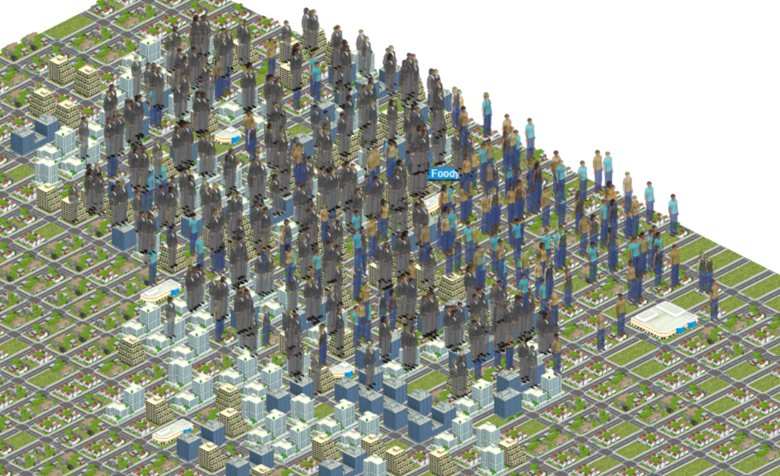
Product:
Once I chose the store’s location, I added products. The first thing I did was survey customers to see what groceries they buy most often. Once I picked which product to get, I set up shelves in my store and added more displays is the product was more popular. I also decided to place impulse busy at the front of the store and needs in the back. Lastly, it is important remember that the customers enter from the bottom corner of the store and the products get stocked through the top corner of the screen.
Below is what the inside of my store looked like:

Also, the product info tab allows for you to see the unit cost, shelf-life days, primary purchase type, and likelihood of theft.
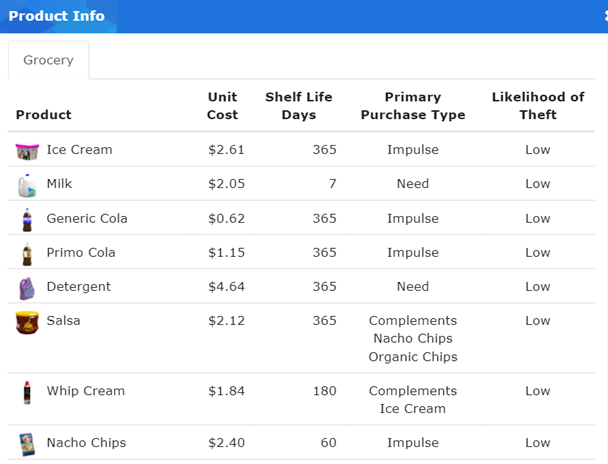
Price:
What you must remember with price is that if you set the price on your products too high, customers will not buy from your store. Since the grocery industry margins are 20% to 40%, I set mine at 30% and certain products that were higher in demand at 35%. I also had to price objects like the gas grill and portable grill lower.

Promotion:
The last one was promotion, and it was difficult at first to find the right promotion to get consumers attention. Out of the four options on the simulation (radio advertising, billboards, newspaper circular, and email campaigns) I found that the newspaper circular and the radio advertising combined worked best for my customer base. For the radio, I was able to survey customers to see which station they listen to the most which was WPOP.
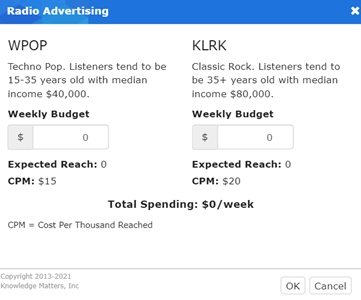
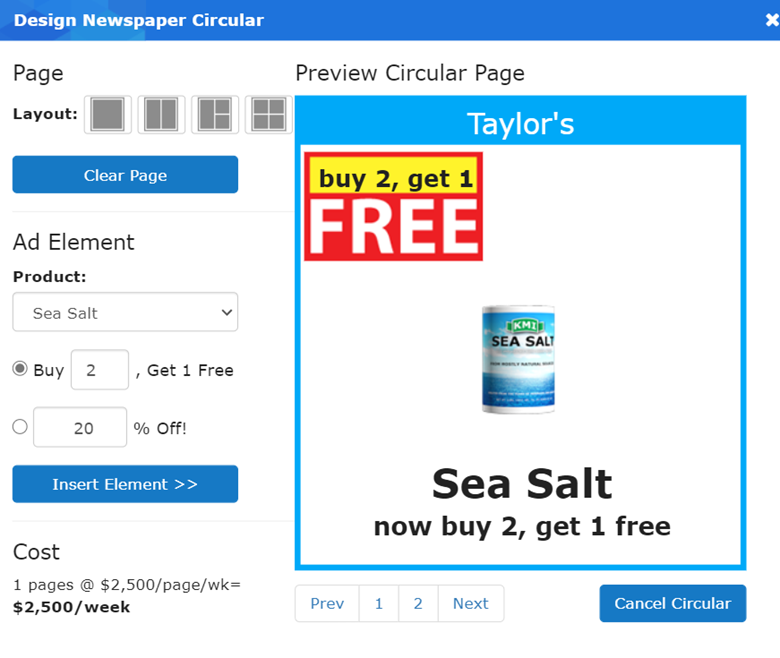
2. The 5th P
Sometimes there is considered to a 5th P which is for People.
People:
This category is for staffing.
Things to consider when staffing:
- Have at least 2 checkouts available.
- If no one visits the store at 11pm-3am, do not staff anyone.
- There is no need to staff salespeople.
- Make sure to have additional cashiers for the last shift.
- Since staffing is confusing, try not to overstaff.
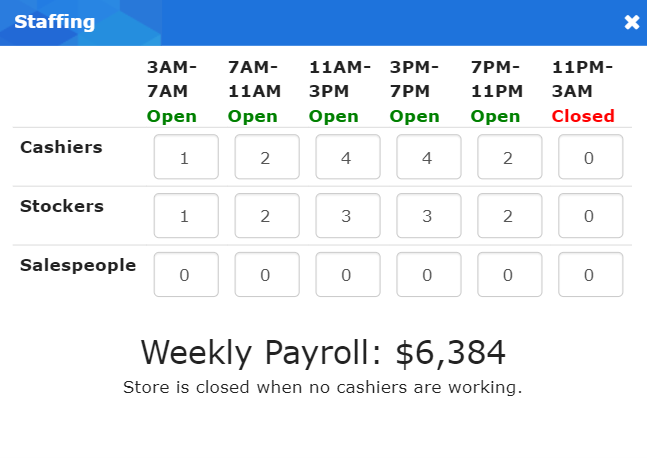
3. Feedback from Customers
This section called “comments & messages” under the reports tab let you know what customers are leaving for comments. If they mention something about the price of a product being too low or too high, then it helps me to reprice certain products. If there are any complaints it helps me to adjust what needs to be fixed.
Below is an example of a few complaints I got:

4. Financials
For operations, it is always good to check the Income Statement and Sales & Margins. In the Income Statement, the profit of $17,500 was the goal of the simulation.
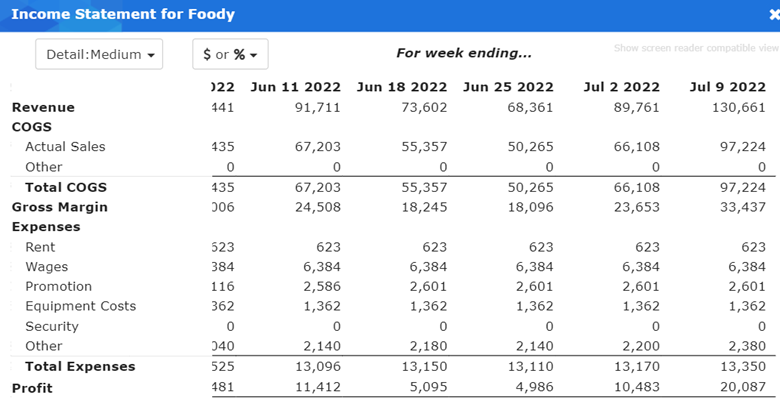
Sales & Margins helps to show number of units sold, average unit price, unit cost, average unit margin, total sales, and total margin.
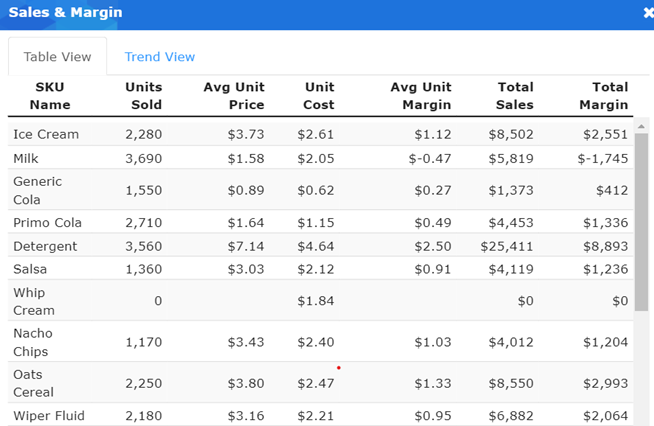
While it may be the goal of the simulation to get $17,500, you should still look at the Income Statement and Sales & Margins to see what you need where your store is sitting and to possible correct anything that needs to be fixed.
Closing

While this was only a simulation, I learned a ton about the marketing mix and applying it to a life-like situation. It also was a lot harder than I thought it would be and had many fails before I succeeded! I encourage you to research and find other simulations like this to learn more about what is all put into consideration for one store to be successful and profitable in a Marketing VP role.

